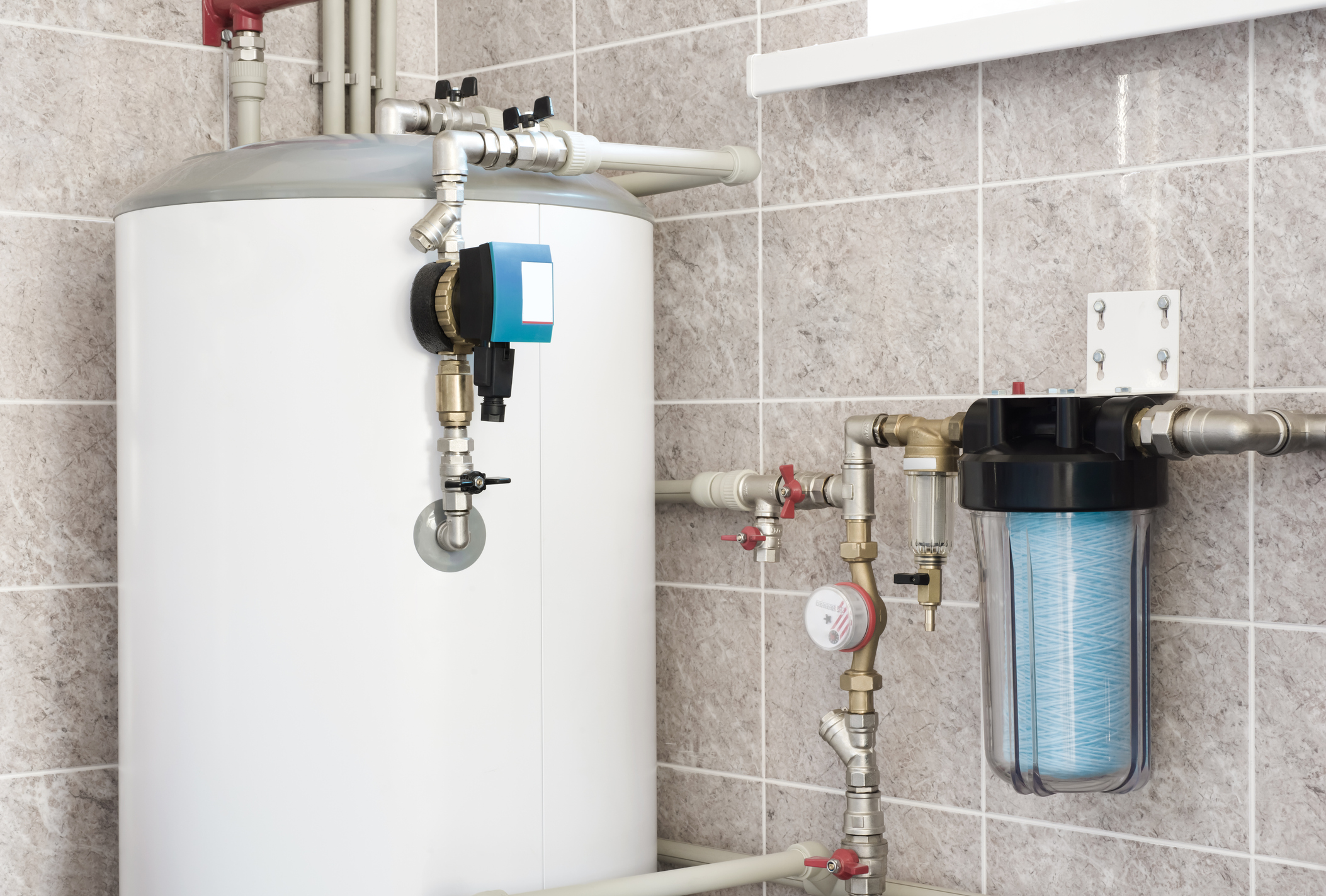Best Practices for Maintaining Your Home's Hot Water System
Best Practices for Maintaining Your Home's Hot Water System
Blog Article
What are your thoughts about Tips For Maintaining Your Hot Water Heater?

Warm water is vital for daily comfort, whether it's for a rejuvenating shower or cleaning recipes. To guarantee your hot water system runs efficiently and lasts longer, routine upkeep is key. This short article offers sensible pointers and insights on just how to keep your home's hot water system to avoid disturbances and expensive repairs.
Intro
Keeping your home's hot water system might seem challenging, yet with a couple of basic actions, you can ensure it runs efficiently for years ahead. This guide covers whatever from understanding your warm water system to do it yourself maintenance ideas and recognizing when to call in specialist aid.
Significance of Maintaining Your Warm Water System
Regular upkeep not only prolongs the lifespan of your warm water system but likewise ensures it runs effectively. Disregarding maintenance can lead to decreased efficiency, higher power expenses, and also early failing of the system.
Signs Your Hot Water System Needs Upkeep
Knowing when your warm water system requires focus can avoid significant issues. Look out for indicators such as inconsistent water temperature, strange sounds from the heating unit, or rusty water.
Comprehending Your Warm Water System
Before diving into maintenance tasks, it's valuable to comprehend the basic elements of your hot water system. Usually, this includes the hot water heater itself, pipes, anode poles, and temperature controls.
Regular Monthly Upkeep Tasks
Normal month-to-month checks can aid capture small problems prior to they intensify.
Purging the Hot Water Heater
Flushing your water heater gets rid of debris buildup, improving performance and prolonging its life.
Monitoring and Replacing Anode Rods
Anode poles stop corrosion inside the container. Checking and changing them when broken is crucial.
Checking and Changing Temperature Settings
Readjusting the temperature level setups guarantees ideal efficiency and safety and security.
DIY Tips for Upkeep
You can execute several upkeep tasks on your own to keep your hot water system in leading problem.
Checking for Leakages
Regularly check pipelines and links for leaks, as these can result in water damages and higher expenses.
Checking Pressure Relief Valves
Testing the stress relief valve ensures it works properly and prevents excessive stress buildup.
Insulating Pipelines
Protecting hot water pipelines minimizes heat loss and can conserve energy.
When to Call an Expert
While DIY upkeep is beneficial, some issues call for professional competence.
Facility Problems Requiring Expert Aid
Examples consist of major leakages, electric problems, or if your hot water heater is continually underperforming.
Regular Specialist Upkeep Advantages
Professional upkeep can include complete examinations, tune-ups, and making sure compliance with safety and security requirements.
Conclusion
Regular upkeep of your home's warm water system is crucial for effectiveness, longevity, and expense financial savings. By complying with these tips and recognizing when to seek specialist help, you can guarantee a dependable supply of warm water without unexpected disturbances.
Water Heater Maintenance: The Basics
Maintaining your water heater will ensure it operates efficiently and has a longer lifespan. Neglecting regular maintenance can lead to costly repairs and an even bigger chunk of your savings if you have to replace it sooner than necessary. But there’s good news: Most water heater maintenance tasks are relatively simple and easy for homeowners with basic DIY skills.
Flush the Water Heater
Over time, sediment and minerals can build up in the tank, reducing its efficiency and potentially causing damage. To flush the tank, turn off the power or gas supply, attach a hose to the drain valve near the bottom and open the valve to drain the water until it runs clear. Ideally, flush the tank annually.
Replace the Anode Rod
The anode rod is a sacrificial metal rod that helps prevent corrosion inside the tank. Inspect and replace it every three to five years or per the manufacturer's recommendation. To replace the anode rod, turn off the power or gas supply, drain a few gallons of water from the tank, unscrew the old rod and replace it with a new one. If the anode rod is significantly corroded or covered in calcium buildup, it's a sign the water heater may need to be replaced soon.
Tune-Up
A yearly tune-up can help identify potential issues and ensure your water heater operates at peak efficiency. This typically involves checking the thermostat, burner assembly (for gas heaters) and any other components specified by the manufacturer. During a tune-up, the technician may also clean the burner and adjust the pilot light (for gas heaters) or examine the heating elements (for electric heaters).
How to Maintain Your Water Heater
Insulate the tank. Insulating the tank can improve energy efficiency and reduce heat loss, saving you money on energy bills. You can purchase precut insulation blankets designed specifically for water heaters or use standard fiberglass insulation wrapped securely around the tank. Check the temperature. The recommended water temperature for most households is around 120 degrees Fahrenheit (49 degrees Celsius). Higher temperatures can increase energy costs and potentially cause scalding. Use a kitchen thermometer to check the temperature at the faucet nearest the water heater. Monitor water pressure. Excessive water pressure can strain the water heater and cause leaks or even tank failure. Install a pressure-reducing valve if necessary. The ideal water pressure range is between 60 and 70 PSI (pounds per square inch). Test the temperature and pressure (T&P) relief valve. The T&P relief valve is a safety feature that releases pressure if the tank gets too hot or the pressure builds up too high. Test it annually by lifting the lever and allowing a small amount of water to release. Replace the valve if it doesn't release water or reseal properly. Check for leaks. Regularly inspect the tank, pipes and fittings for leaks or corrosion. Deal with issues promptly to prevent further damage. Even a small leak can lead to significant water damage over time. Consider a tankless water heater. If your traditional tank-style water heater is nearing the end of its lifespan ( typically 10 years), consider replacing it with a tankless water heater. These units heat water on demand, reducing standby energy losses and potentially saving you money on your energy bills. Schedule professional maintenance. While homeowners can perform many water heater maintenance tasks, it's still a good idea to schedule professional maintenance every few years. A plumber or HVAC technician can thoroughly inspect the unit, identify potential issues and ensure it operates safely and efficiently. https://www.homeserve.com/en-us/blog/home-improvement/hot-water-heater-maintanence/

Do you really like reading up on How to Maintain a Hot Water Heater in a Few Simple Steps? Try to leave feedback directly below. We would be pleased to listen to your suggestions about this blog entry. We are looking forward that you come back again soon. For those who enjoyed our blog posting plz don't forget to share it. I appreciate your readership.
Request An Appointment Report this page